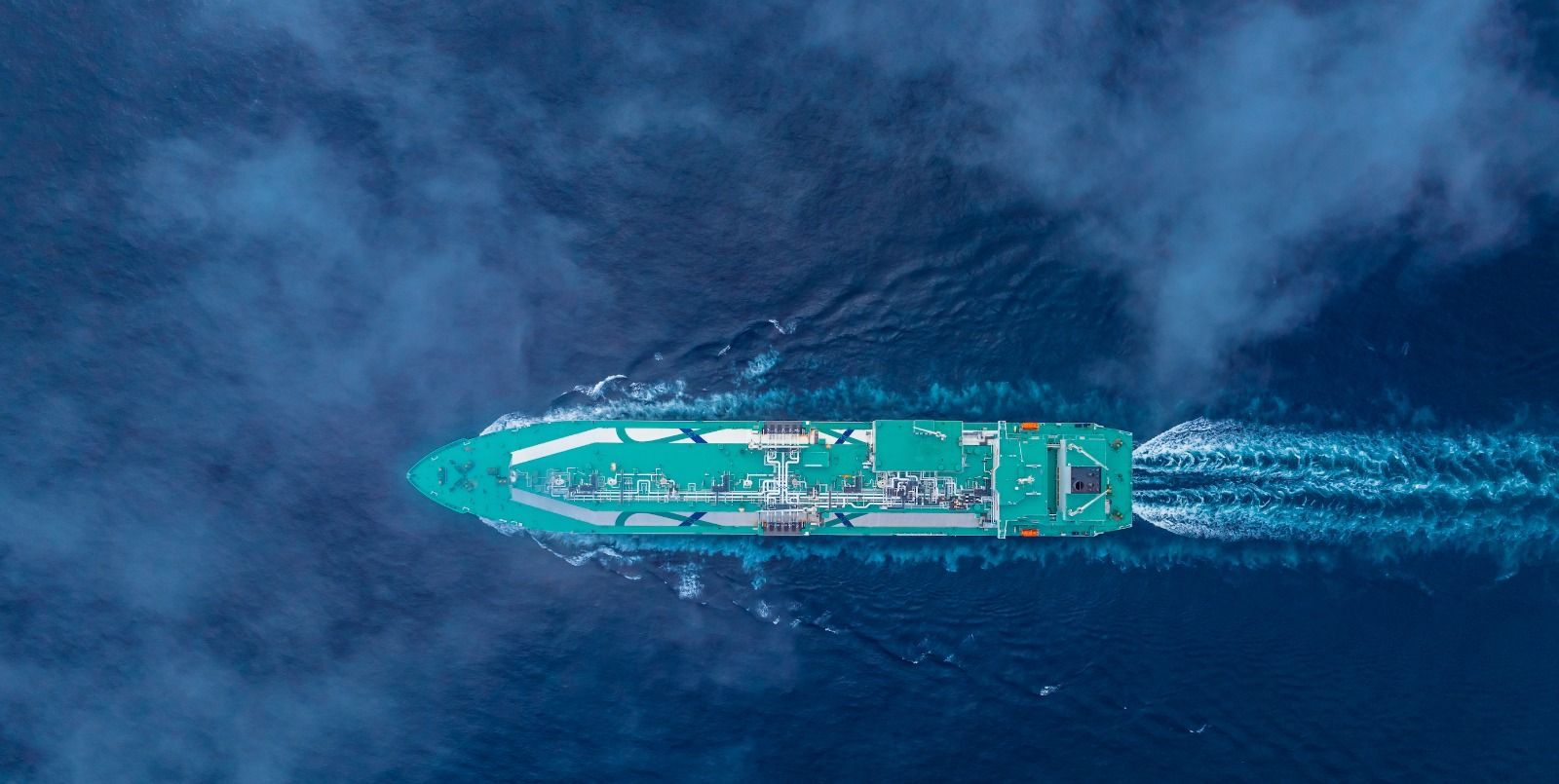Fresh Cooling Water System Best Practices in a Modern LNG Facility
Unlike prior QatarEnergy LNG facilities, the NFXP NFE project desalinates seawater to meet facility cooling demand. This desalination water provides start-up and make-up water primarily for heat removal to the refrigeration process of four mega trains as well as boiler feed water to the steam system. Heat removal is conveyed through the world’s largest induced-draft cooling tower system with a combined length of over one kilometer. Water supply to the four trains is provided by 18 vertical main pumps and eight vertical secondary pumps. Unlike the horizontal multistage centrifugal pumps utilized within the legacy mega trains, the NFE pumps are single stage vertically suspended centrifugal types. Vertically suspended pumps offer space savings and lower overall installation costs when directly integrated within a cooling tower basin versus multistage horizontal centrifugal pumps. However, vertically suspended pumps have different engineering challenges when compared with horizontal pumps that require additional engineering and verification throughout the design, construction, commissioning, and start-up phases of a project. Due to its overhung nature, a vertically suspended pump may experience unacceptable vibration that may arise from pump pit and basin geometry, rotordynamic, reed frequency excitation, and discharge valve and piping arrangement.
These pumps are the largest pumps within the QatarEnergy LNG portfolio and are a step out within industry regarding head and power at rated flow. Each pump is rated at 54 m of head and 4.5 MW of power at 24,000 m3/hr flow. With a total installed base of 81 MW of pumping power and 384,000 m3/hr supply to the four LNG trains (enough to supply a city of 3.3 million residents), this technology, integrated with a cooling tower and desalination plant, requires additional engineering to ensure successful operation at start-up and reliability beyond.
This paper discusses the four key design elements employed with associated analyses and tests conducted for the cooling water pump system: (1) pump and pump pit bay (including tower basin) hydraulic studies and scale model tests, (2) pump start-up and surge analysis, (3) a machine design audit that focuses on the predicted lateral, torsional, and structural rotordynamic behavior of the pump, and (4) factory acceptance test rotordynamic verification, site hammer test verification of the upper and lower casing structural reed frequencies, and rotordynamic remodeling results.
These four key design elements provide valuable insights to the design and long-term reliable performance of the cooling water system. The authors argue that these four analyses and verification elements should always be systematically employed in any large vertically suspended pump system. For large vertically suspended pumps, the verification of good engineering design practices is important to prevent negative schedule impact, start-up issues, and to ensure long term reliability.




)
)
)
)
)
)
)
)
)
)
)
)
)
)
)
)
)
)
)
)
)
)
)
)